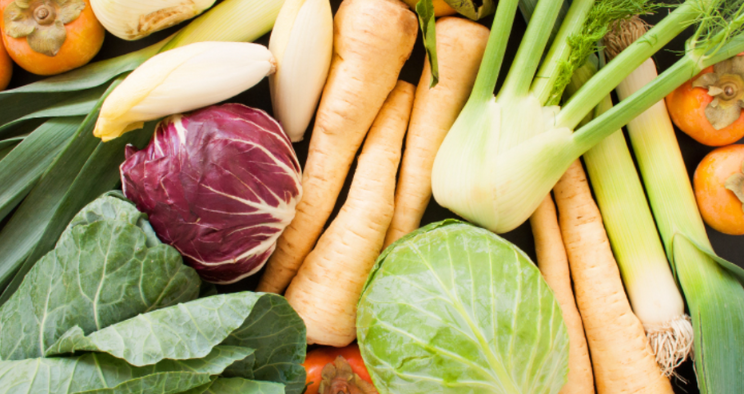9 Key Tips for a Nutritious and Varied Meal Plan

Planning your menu for the week is a crucial step in achieving a well-balanced and nutritious diet. By carefully selecting and organizing your meals in advance, you can save time, reduce stress, and ensure that you’re meeting your nutritional goals. We challenge you to create a consistent routine of meal planning for the week, usually organised on a Sunday before the traditional work week starts. See our 9 valuable tips to help you plan your menu effectively:
Set Your Goals
Before creating your menu, identify your dietary goals. Do you want to reduce centimetres from your waist, increase muscle mass, or simply maintain a healthy lifestyle? Understanding your goals will help you choose the right types and quantities of foods to include in your meals.
Consider Your Dietary Needs
Take into account any specific dietary needs or restrictions you have, such as food allergies, intolerances, or religious considerations. Adjust your menu accordingly, ensuring that you meet all your nutritional requirements while accommodating your individual needs.
Balance Your Macronutrients
Aim for balanced meals that include all three macronutrients: carbohydrates, proteins, and fats. Include complex carbohydrates like whole grains (brown rice, grain bread, quinoa, oats etc.), lean proteins such as chicken, fish, or legumes, and healthy fats from sources like avocado, nuts, and olive oil. Strive for a balanced ratio of these macronutrients to maintain stable energy levels and support overall health.
Emphasize Whole Foods
Build your menu around whole, minimally processed foods. These include fresh fruits and vegetables, lean proteins, whole grains, and unprocessed sources of fats. Whole foods are rich in essential nutrients, fibre, and antioxidants , and are generally lower in added sugars, sodium, and unhealthy fats.
Plan for Variety
Incorporate a wide range of foods to ensure you’re getting a diverse array of nutrients. Include different types of vegetables, fruits, proteins, and grains in your menu. This not only adds excitement and variety to your meals but also ensures that you receive a wide range of vitamins, minerals, and antioxidants necessary for optimal health.
Make Use of Seasonal Produce
Take advantage of seasonal fruits and vegetables. Not only are they fresher and more flavorful, but they are often more affordable too. Seasonal produce also adds natural variety to your menu throughout the year, keeping your meals interesting and enjoyable.
Winter veggies include: beetroot, broccoli, brussels sprouts, cabbage, carrots, cauliflower, celeriac, celery, fennel, Jerusalem artichokes, kale, kohlrabi, leeks, onions, parsnips, potatoes, pumpkin, radicchio, silverbeet, spinach, swede, sweet potato, turnips.
Winter fruit include: apples, avocados, banana, custard apples, dates, grapefruit, kiwifruit, lemons, mandarins, nashi, oranges, pomelo, quince, rhubarb, strawberries, tangelos.
Plan for Leftovers
Consider incorporating meals that make good leftovers into your menu. This allows you to cook once and enjoy multiple meals. Soups, stews, casseroles, and roasted dishes are excellent choices for batch cooking and can easily be frozen into portions, ensuring you have delicious options readily available for lunches or quick dinners.
See some of our most popular and reliable freezer-friendly meals:
Be Mindful of Time and Effort
When planning your menu, consider the time and effort required for preparation. Choose meals that fit your schedule and are feasible for your cooking abilities. Consider prepping ingredients in advance or utilizing kitchen tools like slow cookers or pressure cookers to save time.
Keep a Running List
Create a running list of meal ideas and recipes that you come across or enjoy. This list can serve as inspiration when you’re short on ideas or want to try something new. It will also save you time during the planning process.
Invest time in thoughtful planning, and you’ll reap the rewards of improved health and well-being.








